Clubfoot (congenital talipes equinovarus) Clubfoot, also known as congenital talipes equinovarus, is a common idiopathic deformity of the foot that presents in neonates Diagnosis is made clinically with a resting equinovarus deformity of the foot Treatment is usually ponseti method castingStructural Talipes (Club Foot) In the rare event that the talipes is resultant from the bones not forming properly, an opinion from a paediatric orthopaedic surgeon is required Your paediatric physiotherapist will be able to assess this for you and referCongenital clubfoot is differentiated by structural, postural and secondary type The postural clubfoot can occur by abnormal position during birth and manipulative control The patient should be thoroughly examined to assess the features of paralytic clubfoot Congenital clubfoot can be rectifying completely Diagnostic tests Table 1 Pirani

Foot Deformities Concise Medical Knowledge
Talipes club foot types
Talipes club foot types-Clubfoot is a congenital foot deformity that affects a child's bones, muscles, tendons, and blood vessels The front half of an affected foot turns inward and the heel points down In severe cases, the foot is turned so far that the bottom faces sideways or up rather than down The condition, also known as talipes equinovarus, is fairly commonAnd the appropriate treatments One of the principles of treatment of



Clubfoot Global Indian Nurses Organization
Talipes equinovarus (TEV) is the specific term and common type of what is sometimes called "clubfoot", a term that encompasses a range of anomalies of the ankle or foot present at birth Fig 34 Talipes equinovarusClubfoot Clubfoot is a deformity in which an infant's foot is turned inward, often so severely that the bottom of the foot faces sideways or even upward Approximately one infant in every 1,000 live births will have clubfoot, making it one of the more common congenital (present atClubfoot, also called talipes equinovarus, is a birth defect that affects the foot and ankle It's a congenital condition, which means that a baby is born with it The foot or feet turn inward When you look at the foot, the bottom of the foot often faces sideways or even up Clubfoot happens because of a problem with the tendons, the tissues
The most common type of club foot is congenital talipes equinovarus clubfoot, also known as congenital talipes equinovarus, is a developmental deformity of the foot one of the most common birth deformities with an incidence of 12 per 1000 live births each year in the white population (1,2) clubfoot is twice as common in boys and is bilateralSee also clubfoot and see illustration It may have an abnormally high longitudinal arch (talipes cavus) or it may be in dorsiflexion (talipes calcaneus), in plantar flexion (talipes equinus), abducted and everted (talipes valgus or flatfoot), adducted and invertedClub foot also known to doctors as congenital talipes equinovarus, is a common birth defect (congenital clubfoot) that can affect one or both feet The child is born with a foot pointing the wrong way – turned down and in – that cannot be placed flat on the ground in the position needed for walking (Figure 1)
Each type of clubfoot has unique characteristics and may need specific treatment Early recognition of the type of clubfoot one is dealing with can help guide appropriate treatment Individuals with clubfoot experience bone and soft tissues deformation and this abnormality can be presented through a range of abnormal alignments'equinovarus' refers to the position that the foot is in (see below) Talipes is a congenital conditionTalipes tal´ĭpēz a deformity in which the foot is twisted out of normal position;
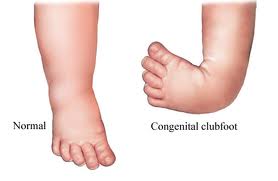



Introduction To Clubfoot Physiopedia




Clubfoot Healthing Ca
Club Foot also is known as Giles Smith Syndrome, Congenital talipes equinovarus (CTEV), or talipes equinovarus (TEV) The Word "Talipes Equinovarus" comes from Latin Talus (ankle) pes (foot)Equino– indicates the heel is elevated (like a horse's) varusindicates it is turned inward The foot is turned in sharply, and the person seems to be walking on their ankleClubfoot is a foot deformity classified into three different types idiopathic (unknown cause), neurogenic (caused by condition of the nervous system) and syndromic (related to an underlying syndrome)Clubfoot is a deformity of the whole foot that is present at birth There are several types of clubfoot that are jointly known as 'talipes', as the deformity is mostly in the talus (a bone in the ankle) The most common of the talipes is what is known as "talipes equino varus" it is so common that the word clubfoot is commonly used to refer




Clinical Photographs Showing A The Club Feet Of A 1 5 Month Old Baby Download Scientific Diagram




Foot Deformities Concise Medical Knowledge
1 Idiopathic 2 Postural 3 Neurogenic 4 SyndromicClubfoot is a foot deformity classified into three different types idiopathic (unknown cause), neurogenic (caused by condition of the nervous system) and syndromic (related to an underlying syndrome) Idiopathic Clubfoot Also known as talipes equinovarus, idiopathic clubfoot is the most common type of clubfoot and is present at birthOccasionally club foot runs in the family If one parent has club foot, there is a 3–4% chance that their child will have the same condition If both parents are affected, there is a 15% chance that their child will have club foot Diagnosing talipes Club foot can be detected in an unborn baby by ultrasound but it cannot be treated before birth
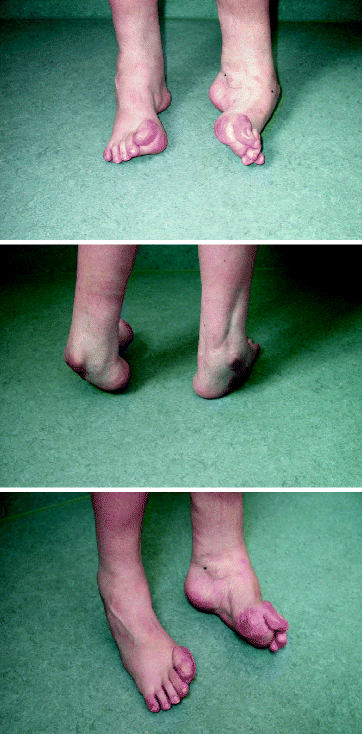



The Current State Of Treatment For Clubfoot In Europe Springerlink



1
Talipes occurs when a baby is born with a foot and ankle twisted out of shape or position One of the more wellknown forms of talipes is clubfoot (talipes equinovarus) However, there are other forms of the condition Talipes is a common condition and its diagnosis can be very worrying for parentsLearn club foot with free interactive flashcards Choose from 68 different sets of club foot flashcards on Quizlet Club foot (Talipes Varus) How do we fix club foot How long does it take to fix the foot How often do we change the cast What are the 4 types of club foot?There are limited studies about the incidence, nature, and severity of symptoms in adults with treated clubfoot;
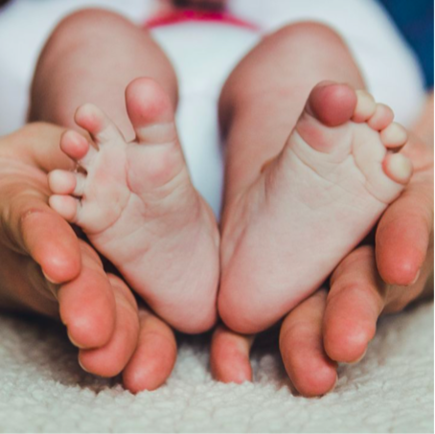



Managing Children With Clubfoot Course Evaluation Report Physiopedia



2
Positional talipes Positional talipes (equinovarus) is a common foot condition in newborn babies that may affect one or both feet In positional talipes the foot rests down and inwards (Figure 1) but remains flexible It can therefore be gently moved into a normal position The condition is thought to be caused by the baby's position while inClub foot (also called talipes) is where a baby is born with a foot or feet that turn in and under Early treatment should correct it In club foot, 1 foot or both feet point down and inwards with the sole of the foot facing backwards Credit Club foot happens because the Achilles tendon (the large tendon at the back of the ankle) is too shortClubfoot, also known as Congenital Talipes Equinovarus, is a complex, congenital deformity of the foot, that left untreated can limit a person's mobility by making it difficult and painful to walk 1 It is defined as a deformity characterized by complex, malalignment of the foot involving soft and bony structures in the hindfoot, midfoot




Clubfoot Also Known As Congenital Talipes Equinovarus Is A Complex Congenital Deformity Of The Foot That Left Untreated Can Limit A Person S Mobility By Making It Difficult And Painful To Walk 1




Clubfoot Congenital Talipes Equinovarus Pediatrics Orthobullets
Talipes is also known as club foot It is a deformity of the foot and ankle that a baby can be born with In about half of babies born with talipes, both feet are affected 'Talipes' means the ankle and foot; Club foot 1 CLUB FOOT Presented By Sushant 2 INTRODUCTION Talipes Latin talus (ankle) pes (foot) Equino indicates the heel is elevated (like a horse's) varus indicates it is turned inward It is a congenital malformation of the lower extremity that affects the lower leg, ankle, and foot Club foot, also called congenital talipes equinovarus (CTEV), is What are the different types of talipes?




Clubfoot Nurse Key




Physiotherapy For Children Born With Clubfoot Happydna
Clubfoot is a birth defect where one or both feet are rotated inward and downward The affected foot and leg may be smaller than the other Approximately 50% of cases of clubfoot affect both feet Most of the time, it is not associated with other problems Without treatment, the foot remains deformed, and people walk on the sides of their feet This may lead to pain and difficulty walkingClubfoot or talipes equinovarus (TEV) is an inborn threedimensional deformity of leg, ankle and foot It results from structural defects of several tissues of foot and lower leg leading to abnormal positioning of foot and ankle joints TEV can lead to longlasting functional disability, malformatioTalipes covers several physical foot conditions that a baby may be born with One type of talipes is commonly known as club foot Find out the difference between the types of talipes, and how each condition is treated




Challenging Clubfeet The Arthrogrypotic Clubfoot And The Complex Clubfoot Journal Of Children S Orthopaedics
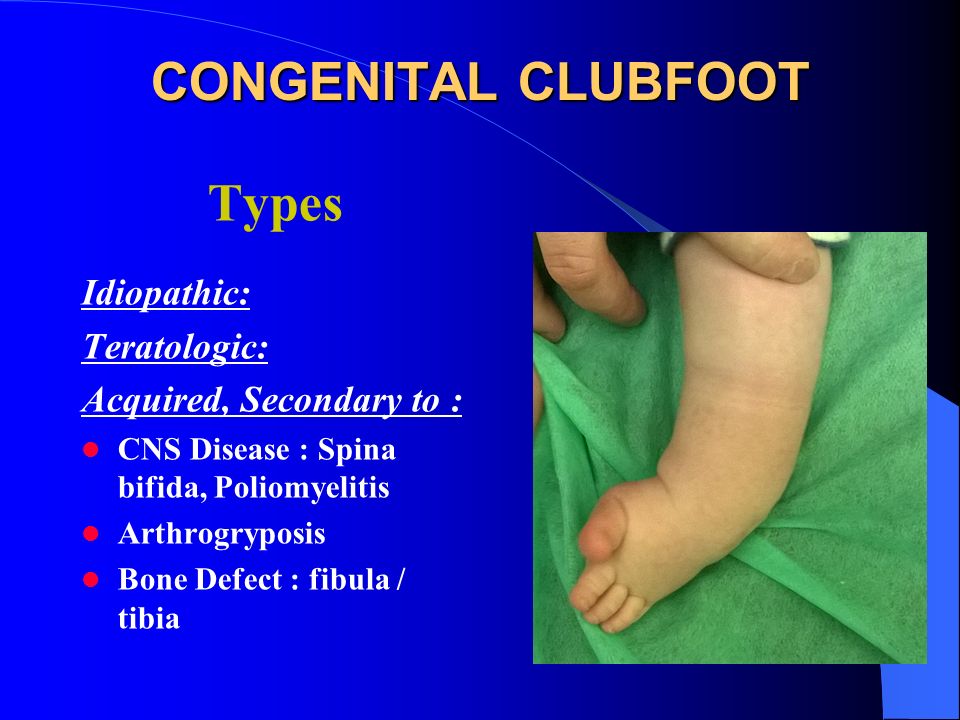



Congenital Clubfoot Congenital Talipes Equino Varus Ppt Video Online Download
Talipes equinovarus Incidence Clubfoot is a common defect present at birth and occurs in every 1,000 live births Bilateral TEV can be found be found in nearly 50% of cases About twice as many males are born with the congenital form than females Talipes equinovarus Types The disorder can be differentiated into following two typesClubfoot or talipes is a congenital deformity of the foot that occurs in approximately births with half of them being bilateral (both feet) and it is twice as common in boys as in girls The foot has a typical appearance of pointing downwards and twisted inwards Since the condition starts in the first trimester of pregnancy, theClubfoot, also known as talipes equinovarus (TEV), is a common foot abnormality, in which the foot points downward and inward It occurs twice as often in males than in females Signs of clubfoot include a short and/or tight Achilles tendon (heel cord) and a heel that is turned in




Clubfoot And Other Foot Defects Children S Health Issues Msd Manual Consumer Version




Clubfoot Phenotype In Pma Pma Mice Human Newborn With Congenital Download Scientific Diagram
The rate at which symptoms increase and function diminishes with advancing age;{{configCtrl2infometaDescription}} This site uses cookies By continuing to browse this site you are agreeing to our use of cookiesClubfoot is an anomaly present at birth where the foot is twisted due to a short tendon The most common is talipes equinovarus where the foot is turned inward and the toes are pointed down Treatment is a process of serial casting, a tenotomy, and brace wearing that




Clubfoot Wikiwand
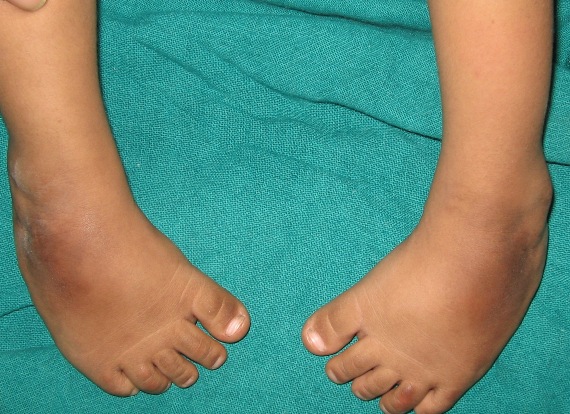



Congenital Talipes Equinovarus Or Club Foot Bone And Spine
Talipes is present in one of every 1,000 childbirths in the United States (US), and 95 percent of these incidences are known as congenital talipes equinovarus (CTEV) or clubfoot This type causes the foot to be curled inwards with toes pointing downwardWhen a baby is born with club foot or Talipes, treatment is started as soon as possible This video discusses the plaster casting and shows the support of th CLUB FOOT Definitions Talipes Talus = ankle Pes = foot Equinus (Latin = horse) Foot that is in a position of planter flexion at the ankle, looks like that of the horse Calcaneus Full dorsiflexion at the ankle 9 CLUB FOOT Types Idiopathic (Unknown Etiology) CongenitalTalipes EquinoVarus CTEV Acquired, Secondary to CNS Disease Spina




Congenital Talipes Equinovarus Clubfoot Nursing Care Management Nurseslabs



1
This study estimates the prevalence rate and types of birth been reported for other birth defects such as club foot and cleft lip with or without cleft palate 11 Club foot – talipesAssociated abnormalities In >50% of cases the condition is isolated Chromosomal abnormalities common finding in trisomies 18 and 13 Commonly associated with prolonged oligohydramnios, brain abnormalities, spina bifida, skeletal and neuromuscular disorders More than 250 genetic syndromes include clubfoot as one componentClubfoot, or congenital talipes equinovarus, is a congenital foot deformity, where the baby's foot is twisted because the tissues that connect the muscle to the bones are shorter than usual A child can be born with the condition in a single foot, or with a bilateral clubfoot, where both feet of the baby are twisted inwards




Club Foot
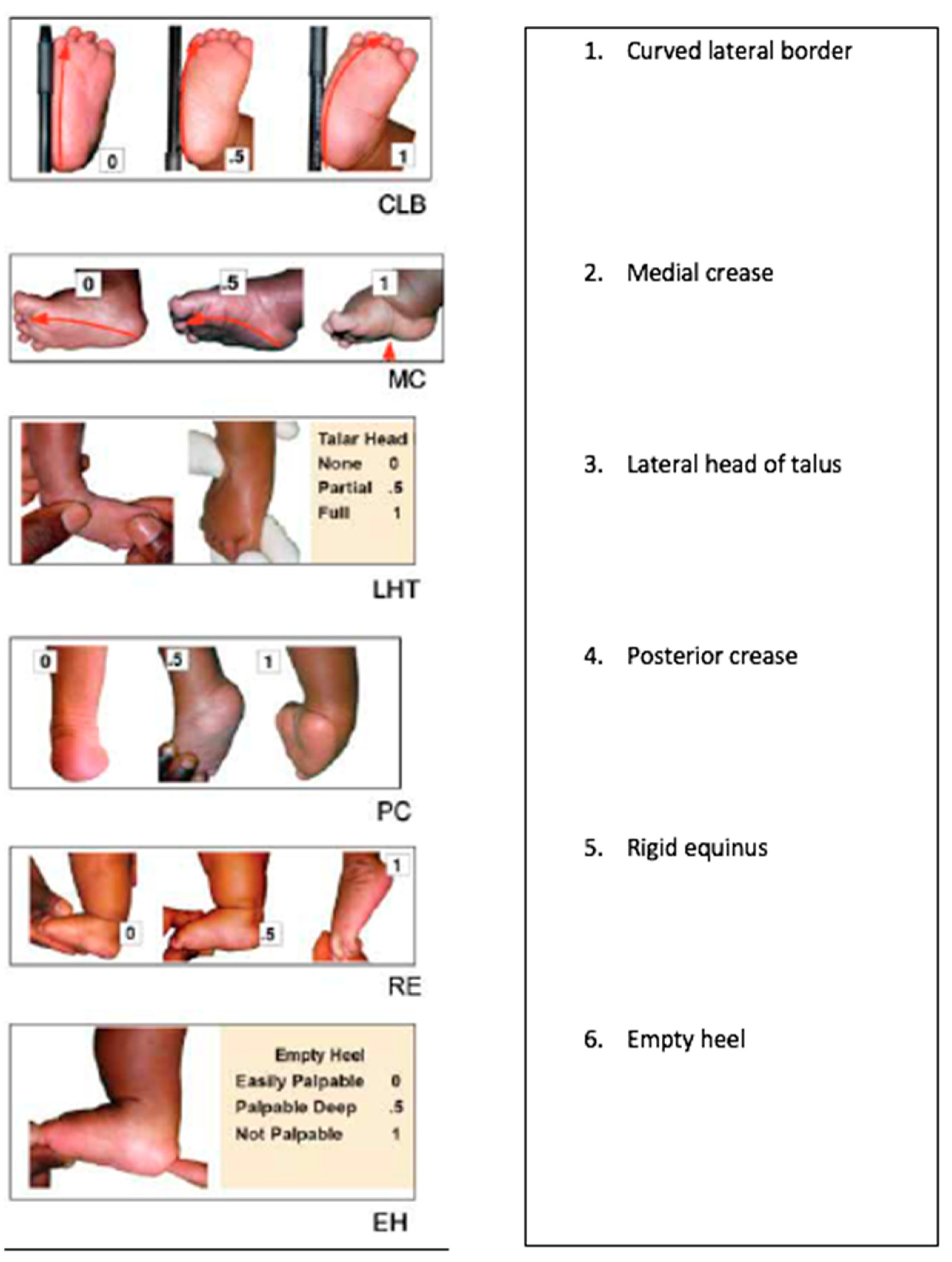



Ijerph Free Full Text A Community Audit Of 300 Drop Out Instances In Children Undergoing Ponseti Clubfoot Care In Bangladesh What Do The Parents Say Html
The medical definition of the condition commonly referred to as Talipes or clubfoot is Congenital Talipes Equinovarus (CTEV) info@stepscharityorguk COVID19 – View our Covid19 Support Page Talipes equinovarus (TEV) is a specific and common type of what is sometimes called "clubfoot", a term that encompasses a range of anomalies of the ankle or foot present at birth (see Fig 433)TEV can be defined as fixation of the foot (forefoot and hindfoot) in plantar flexion (equinus), deviation toward the midline (varus) and upward rotation so the foot rests onCongenital talipes equinovarus, or club foot, is one of the commonest congenital orthopaedic conditions Its incidence in the UK is approximately live births and up to 50% of cases are
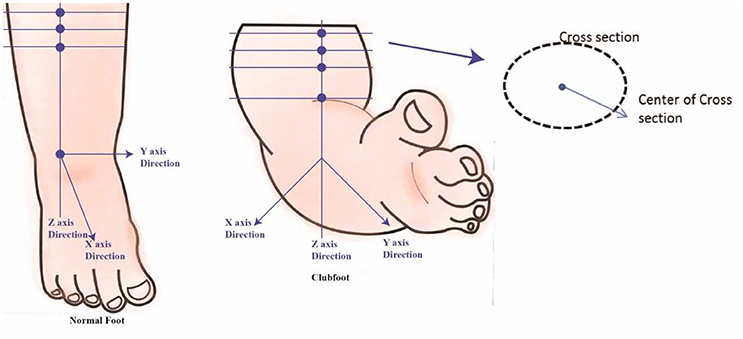



Frontiers Developing A Three Dimensional 3d Assessment Method For Clubfoot A Study Protocol Physiology




Challenging Clubfeet The Arthrogrypotic Clubfoot And The Complex Clubfoot Abstract Europe Pmc
Talipes refers to the foot and ankle Equinovarus refers to the position of the foot pointing down and turning inwards Congenital Talipes Equinovarus is sometimes referred to as club foot Club foot occurs in less than 05% of births It is more common in boys than girls In half of the babies with club foot, both feet are affected Congenital talipes equinovarus, also known as 'club foot', is a congenital foot deformity present at birth It is one of the most common congenital deformities The foot consists of 26 bones Most relevant for this congenital deformity are the talus, calcaneus and navicular The calcaneus and navicular are medially rotated in relation to




Clubfoot




Clubfoot Wikipedia



Clubfoot Global Indian Nurses Organization




Talipes Deformity Case Study Clubfoot Nursing Crib




55 Talipes Ideas Club Foot Club Foot Baby Feet




Scielo Brasil Pe Torto Congenito Pe Torto Congenito




Clubfoot Talipes Equinovarus Tev Youtube




By Cassie Maier What Is Club Foot Club Foot Is When One Or Both Babies Feet Are Turned Inward And Downward And Cannot Be Put Into Normal Position Easily Ppt Download




Club Foot Foot Orthopedic Surgery




Clubfoot Orthopaedia




Talipes Pediatric Physical Therapy Medical Anatomy Medical Dictionary




Foot Deformities Various Talipes Conditions Pediatric Physical Therapy Pediatric Nursing Medical Terms



Clubfoot Orthoinfo os




Clubfoot For Parents Nemours Kidshealth




Development Of An Orthosis For Simultaneous Three Dimensional Correction Of Clubfoot Deformity Sciencedirect
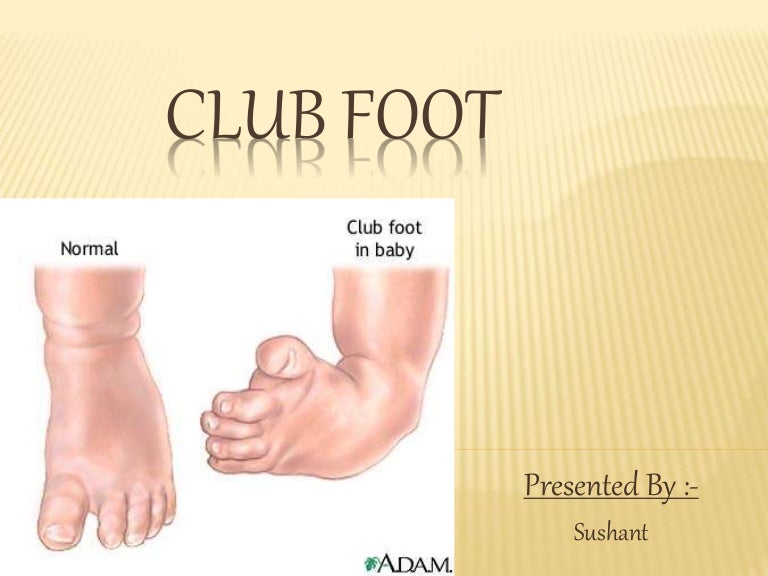



Club Foot



1




Club Foot Congenital Talipes Equinovarus About Club Foot Patient




Clubfoot Its Types And Causes Simplified In Hindi Youtube




Clubfoot Congenital Talipes Equinovarus Pediatrics Orthobullets




Pdf Midterm Results Of The Ponseti Method In The Treatment Of Congenital Clubfoot Semantic Scholar
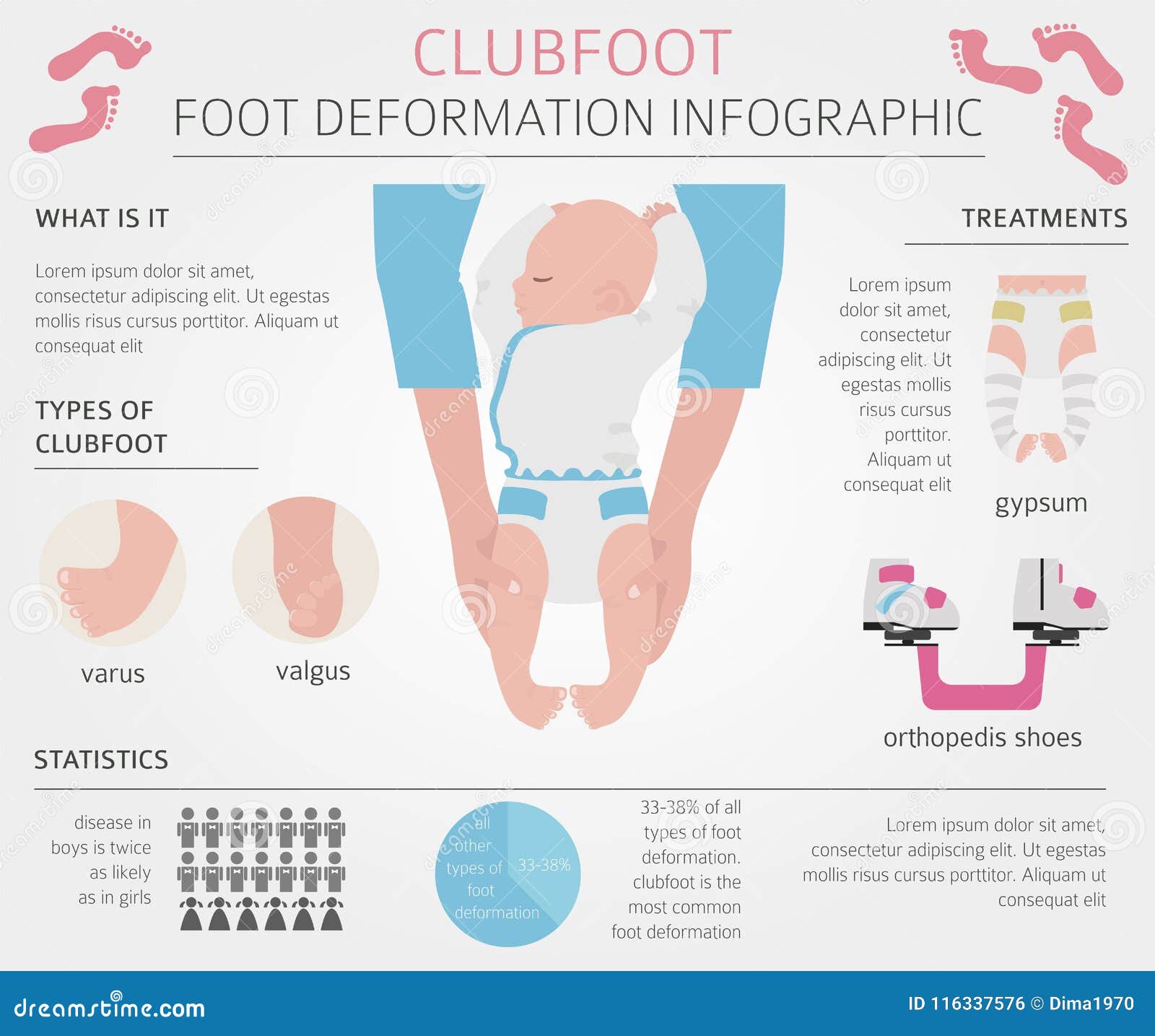



Clubfoot Stock Illustrations 98 Clubfoot Stock Illustrations Vectors Clipart Dreamstime




Klumpfuss Und Andere Fussdefekte Gesundheitsprobleme Von Kindern Msd Manual Ausgabe Fur Patienten




Klumpfuss Illustrationen Und Vektorgrafiken Istock




Jaypeedigital Ebook Reader




Orthokids Clubfoot




Clubfoot Wikipedia




Pes Equinovarus Klumpfuss Und Andere Fussanomalien Padiatrie Msd Manual Profi Ausgabe




Clubfoot Eorthopod Com
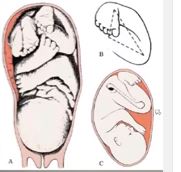



Introduction To Clubfoot Physiopedia
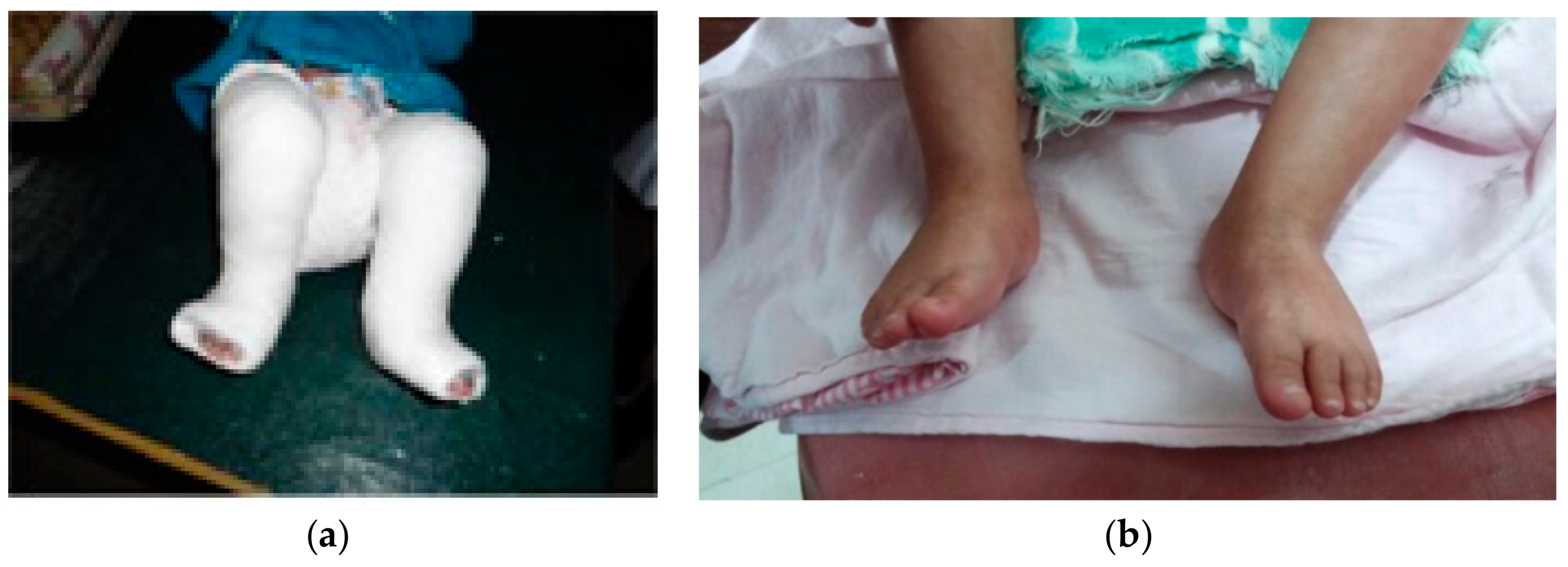



Children Free Full Text Ponseti Technique For The Management Of Congenital Talipes Equinovarus In A Rural Set Up In India Experience Of 356 Patients Html




Congenital Talipes Equinovarus Or Club Foot Bone And Spine




Clubfoot Talipes Equinovarus Impcna Com
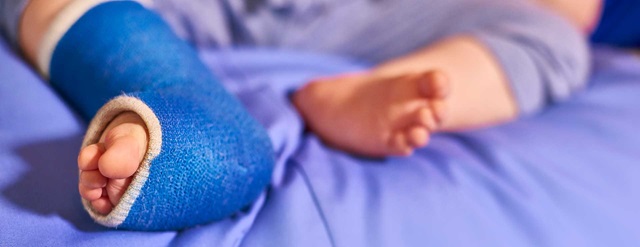



Clubfoot Johns Hopkins Medicine




Design And Development Of Orthosis For Clubfoot Deformity Springerlink




Clubfoot Wikipedia



Club Foot Talipes Equinovarus Ankle Foot And Orthotic Centre




Talipes Club Foot Doctors Australia




Clubfoot Pdf Pied Medecine Clinique




Congenital Talipes Equinovarus Congenital Clubfoot Prof Mohamed M




Clubfoot Treatment Bilateral Club Feet Foot Pain




Talipes Club Foot Special Footwear And Orthotics




Clinical Anatomy Operative Surgery Facebook



Clubfoot Orthoinfo os




Physio World Flat Feet Or Pes Planus Pes Cavus Club Foot Pes Calcaneus Plantar Fasciaitis Flat Feet Or Pes Planus Flat Feet In Themselves Are Not



Clubfoot Symptoms Stages Definition Description Demographics Causes And Symptoms Diagnosis




Pdf Orthotic Management Of Talipes Equinovarus In Newborns Using The Newborn Dynamic Torsion Kafo To Reproduce The Sequential Progression Of Ponseti Casting Semantic Scholar
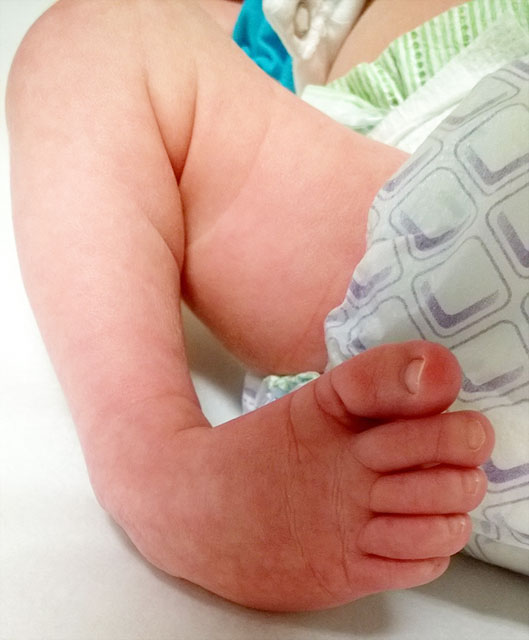



Clubfoot Johns Hopkins Medicine




Congenital Club Foot In Child Kerala Nurses Hub Youtube
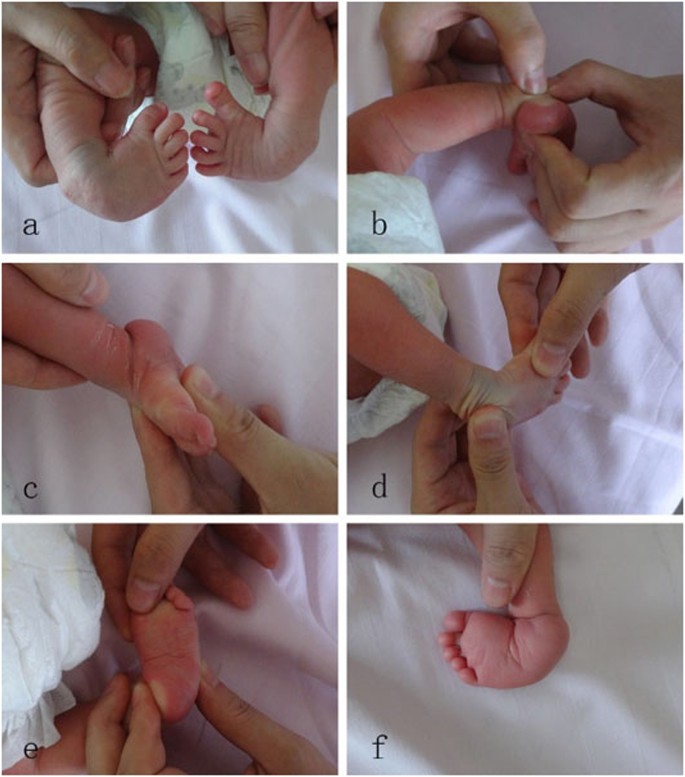



The Correlation Of Pirani And Dimeglio Scoring Systems For Ponseti Management At Different Levels Of Deformity Severity Scientific Reports




Representative Case Of Severe Bilateral Clubfoot In A 3 Month Old Male Download Scientific Diagram




Pdf Current Conservative Management And Classification Of Club Foot A Review Semantic Scholar




Pdf Congenital Idiopathic Talipes Equinovarus Before And After Walking Age Observations And Strategy Of Treatment From A Series Of Cases Semantic Scholar




Clubfoot Boston Children S Hospital
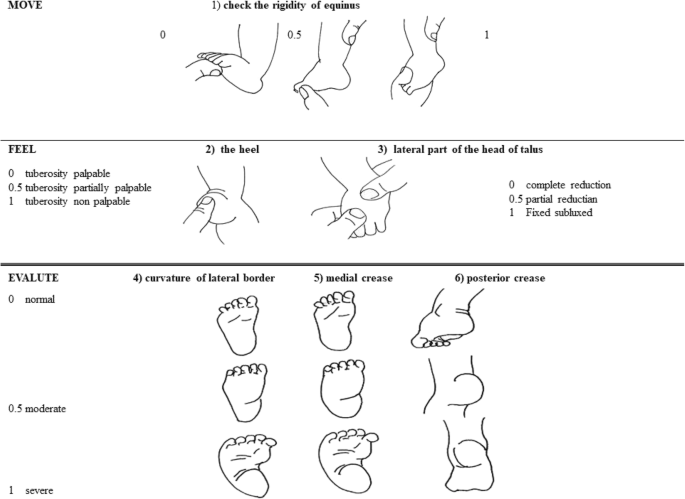



What A Paediatrician Should Know About Congenital Clubfoot Italian Journal Of Pediatrics Full Text




Congenital Tallipo Equinovarus
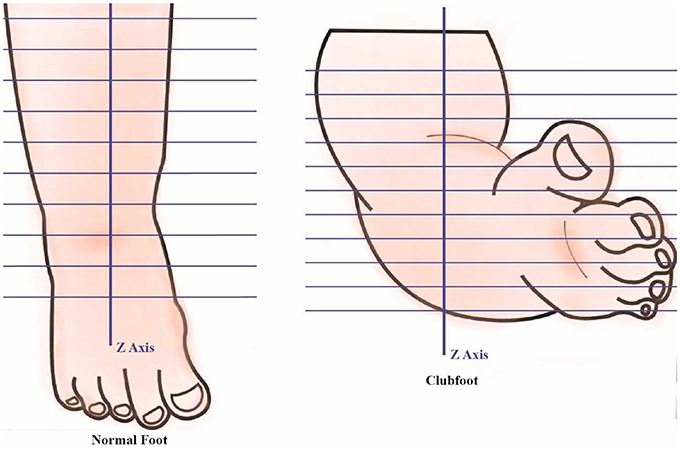



Frontiers Developing A Three Dimensional 3d Assessment Method For Clubfoot A Study Protocol Physiology




Congenital Talipes Equino Varus Congenital Clubfoot Dr Imran




Talipes Images Stock Photos Vectors Shutterstock




Congenital Clubfoot Genetic Disorders Types Of Clubfoot
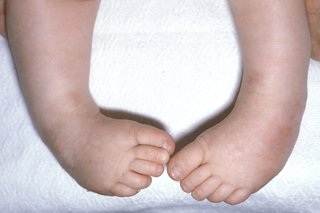



Club Foot Nhs




Clubfoot Flip Ebook Pages 1 Anyflip Anyflip
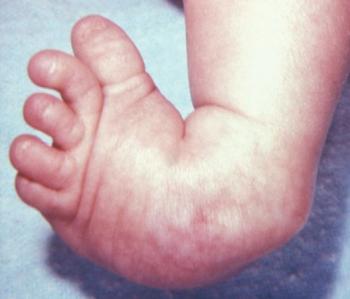



Clubfoot Causes And Treatments




Clubfoot Wikipedia
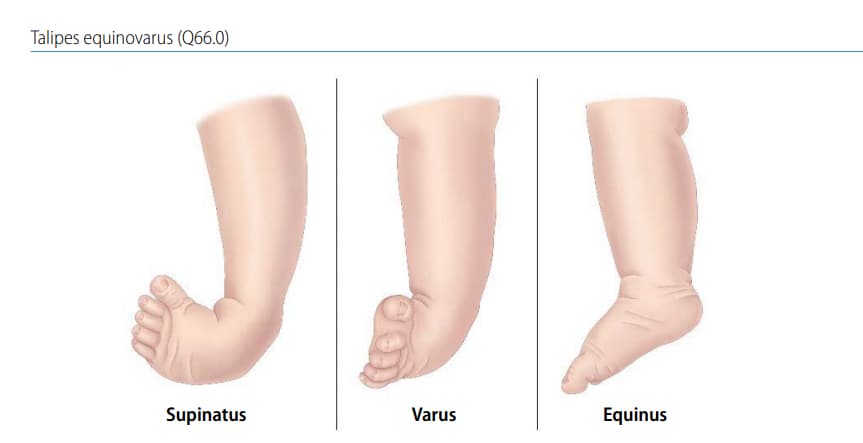



Chapter 4 9 Talipes Equinovarus Talipes Equinovarus Q66 0 Cdc
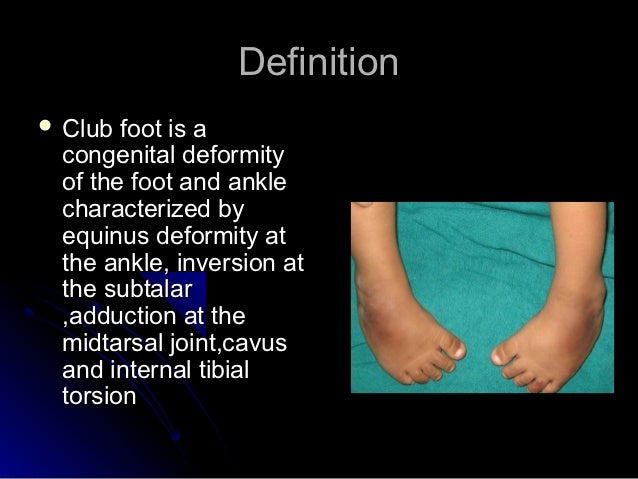



Congenital Talipes Equino Varus




Pdf The Developmental And Genetic Basis Of Clubfoot In The Peroneal Muscular Atrophy Mutant Mouse




Clubbed Foot Banya



Talipes




Club Foot Talipes In Babies Causes Signs Treatment Youtube




Varus Clipart Lizenzfrei Gograph
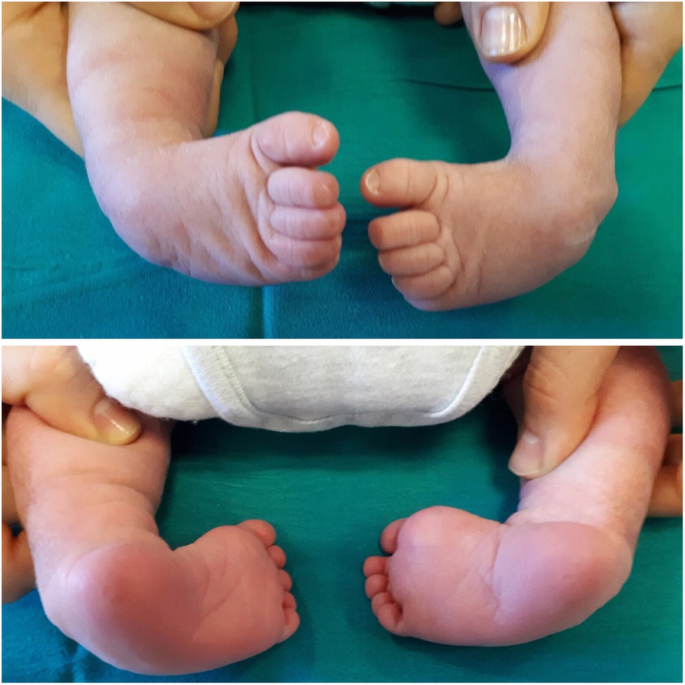



What A Paediatrician Should Know About Congenital Clubfoot Italian Journal Of Pediatrics Full Text




Pdf Frequency Of Hospitalization In Patients Diagnosed With Congenital Talipes Equinovarus Ctev



Clubbed Foot Banya
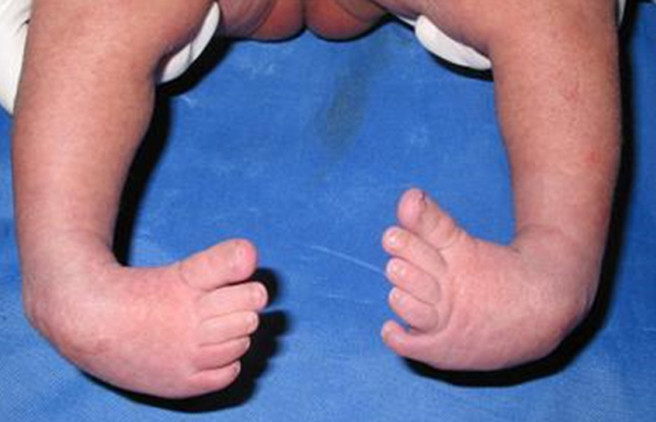



Clubfoot In Babies And Children




Clubfoot Congenital Talipes Equinovarus Pediatrics Orthobullets




Video Club Foot
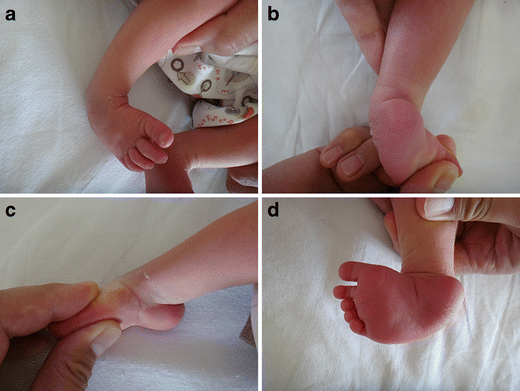



Congenital Clubfoot Early Recognition And Conservative Management For Preventing Late Disabilities Springerlink




Is Unilateral Lower Leg Orthosis With A Circular Foot Unit In The Treatment Of Idiopathic Clubfeet A Reasonable Bracing Alternative In The Ponseti Method Five Year Results Of A Supraregional Paediatric Orthopaedic Centre
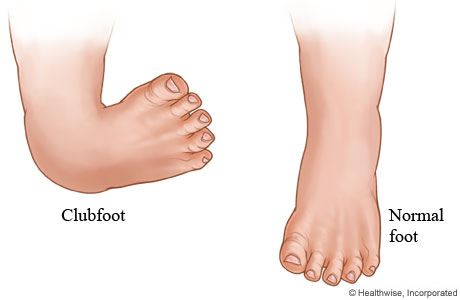



My Journey With Baby S Positional Clubfoot Part 1 Baby Gizmo



0 件のコメント:
コメントを投稿